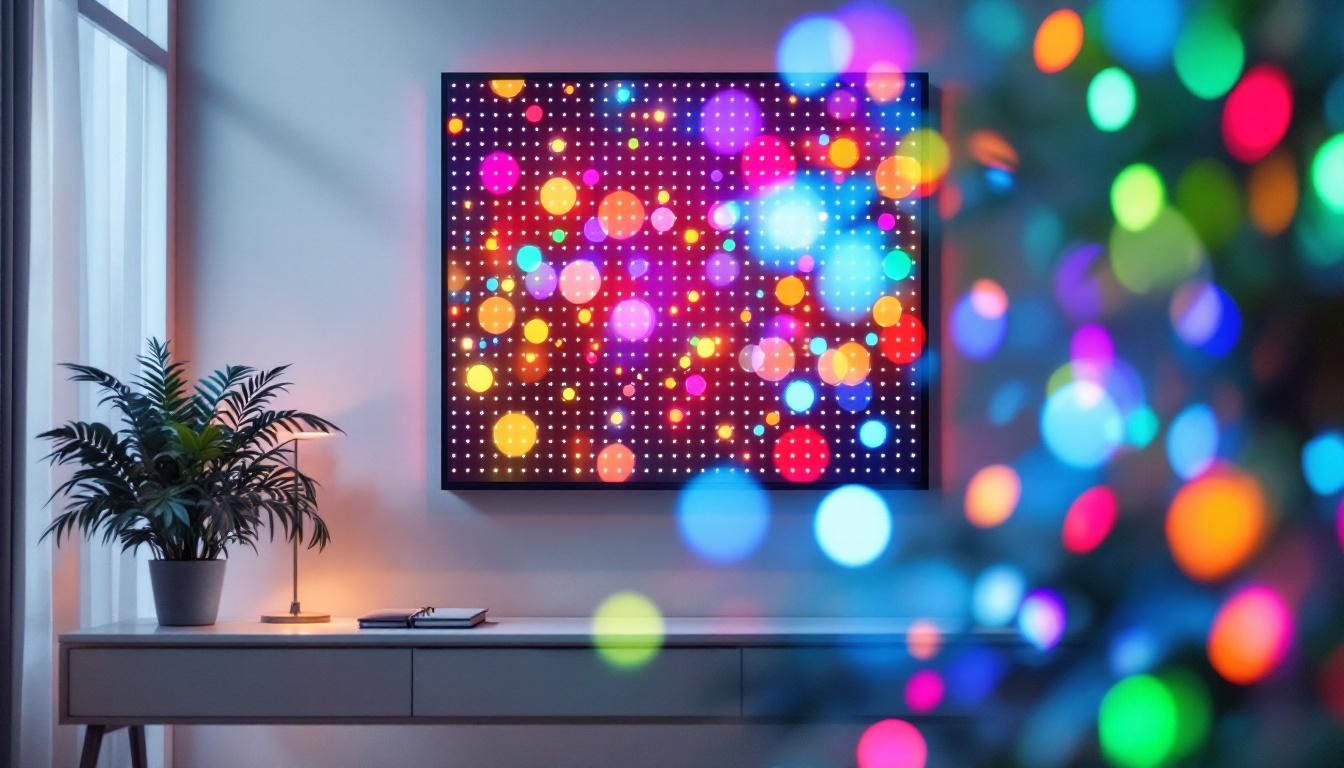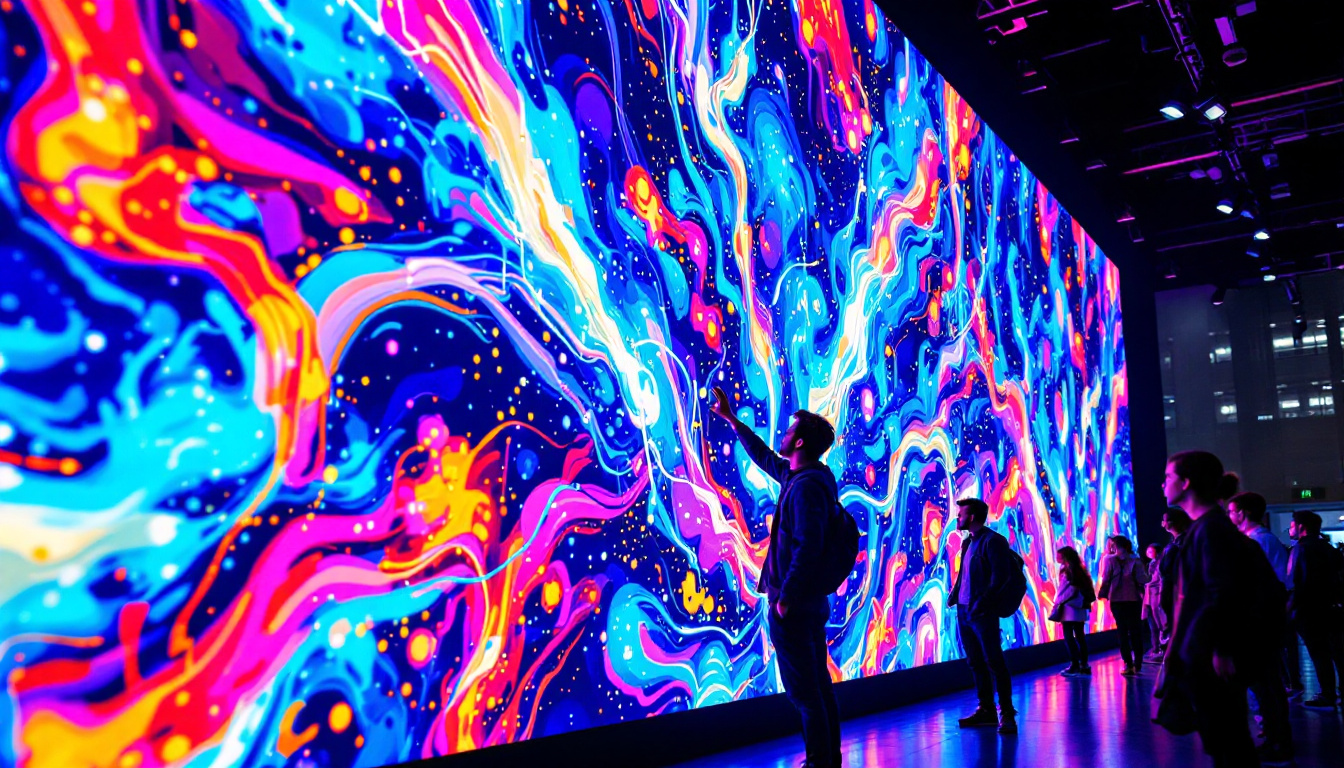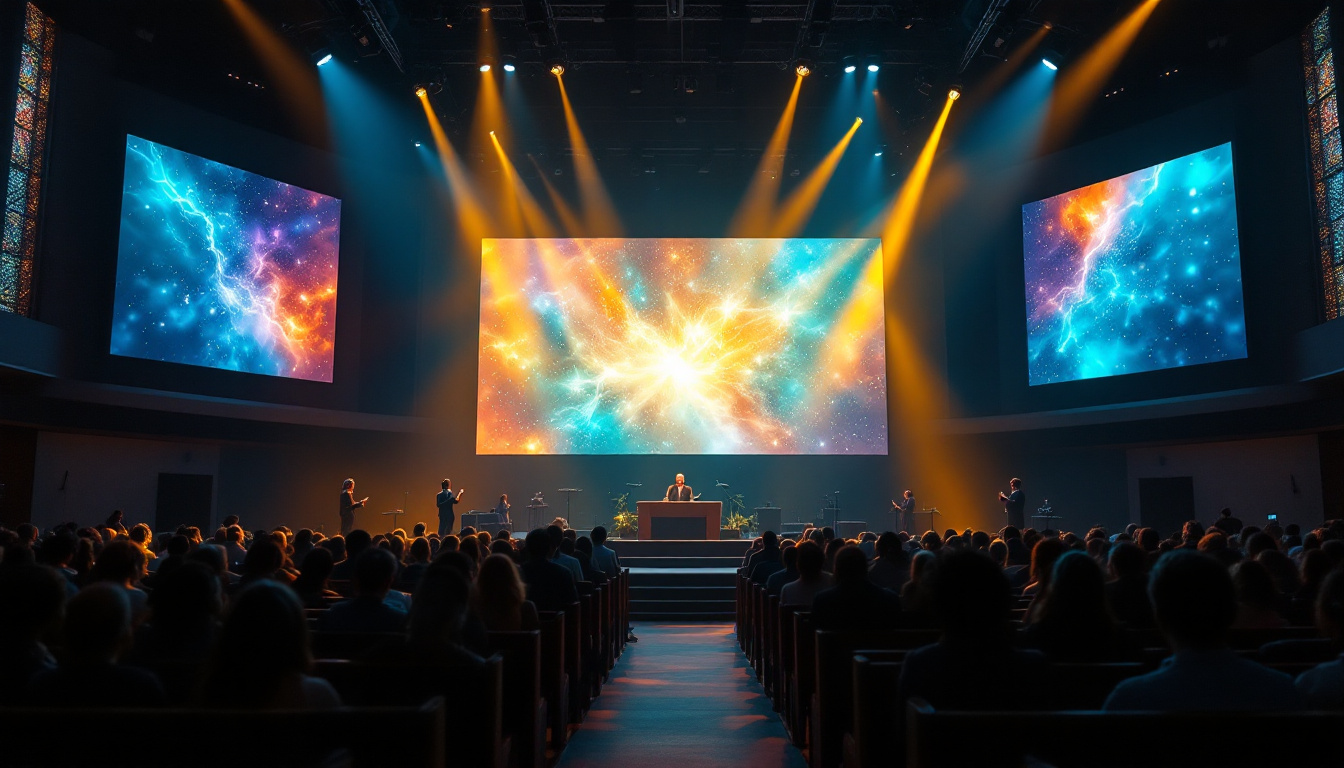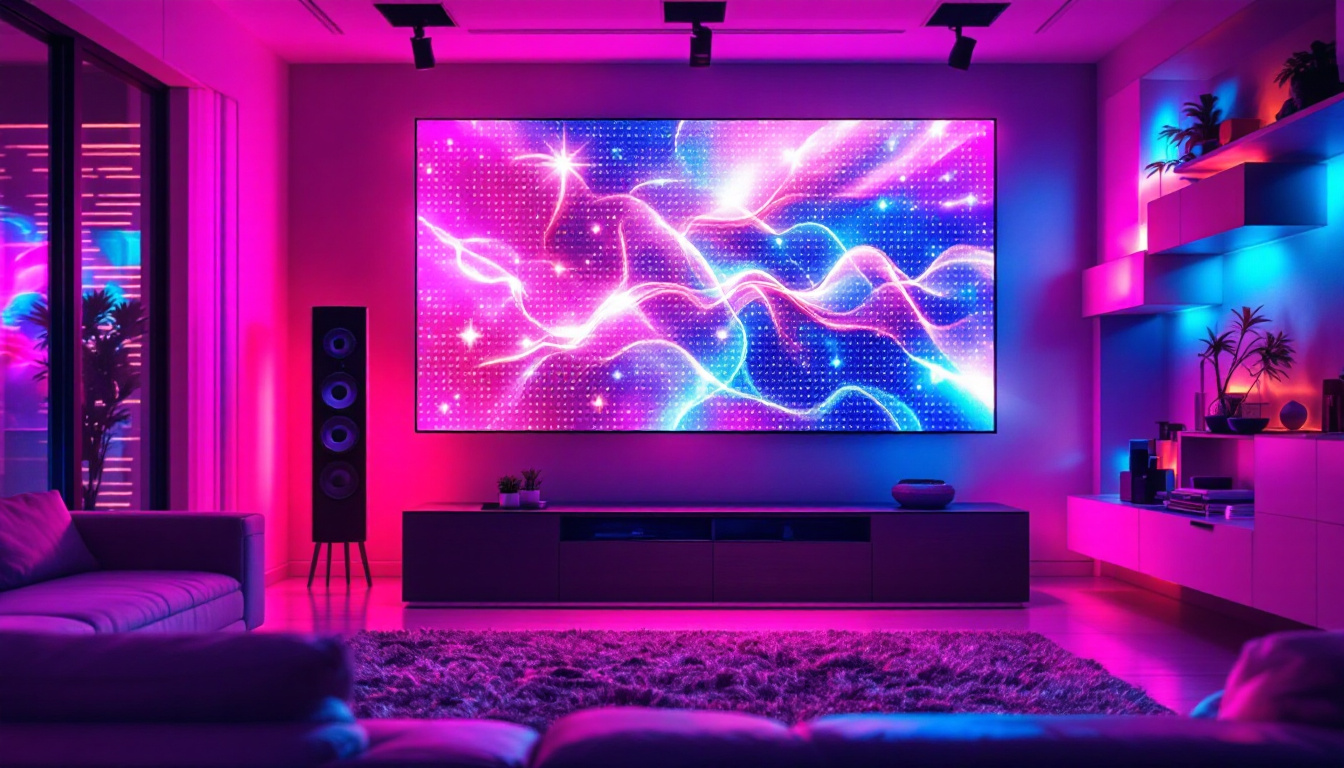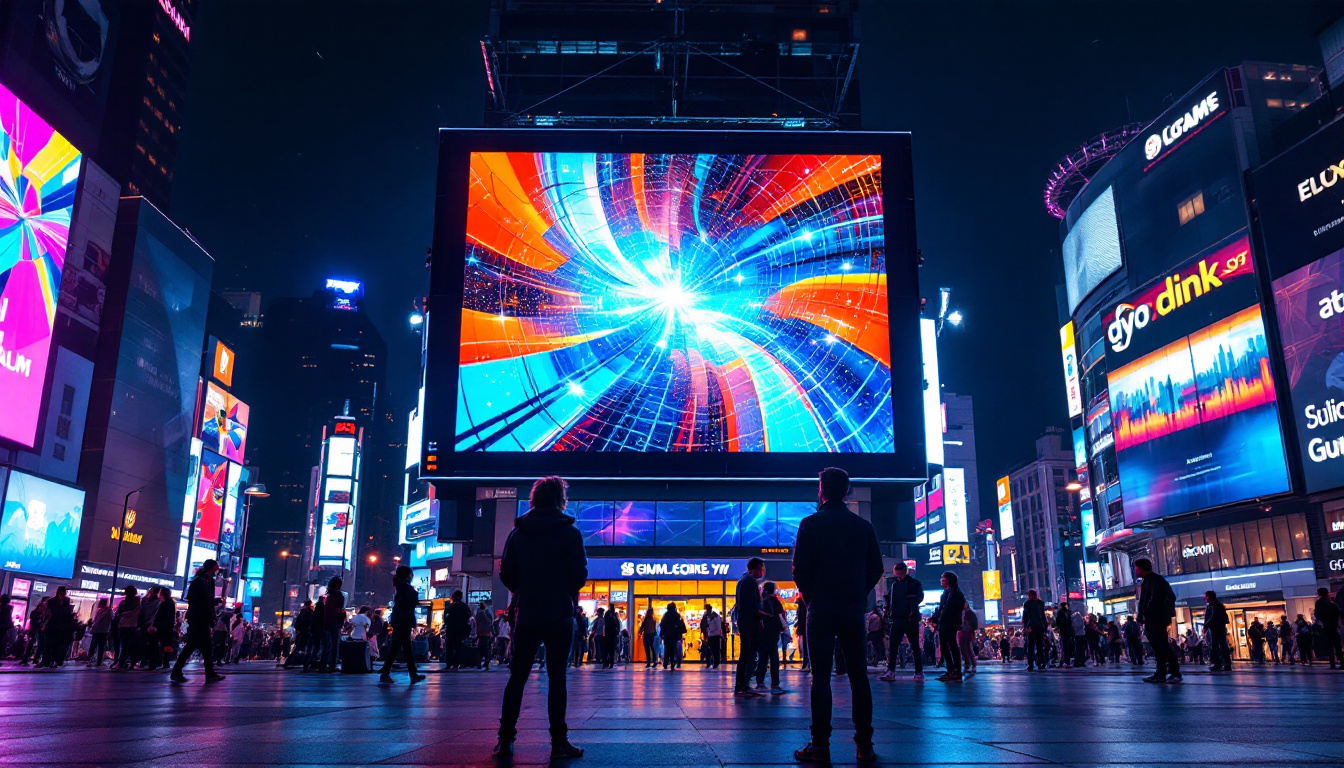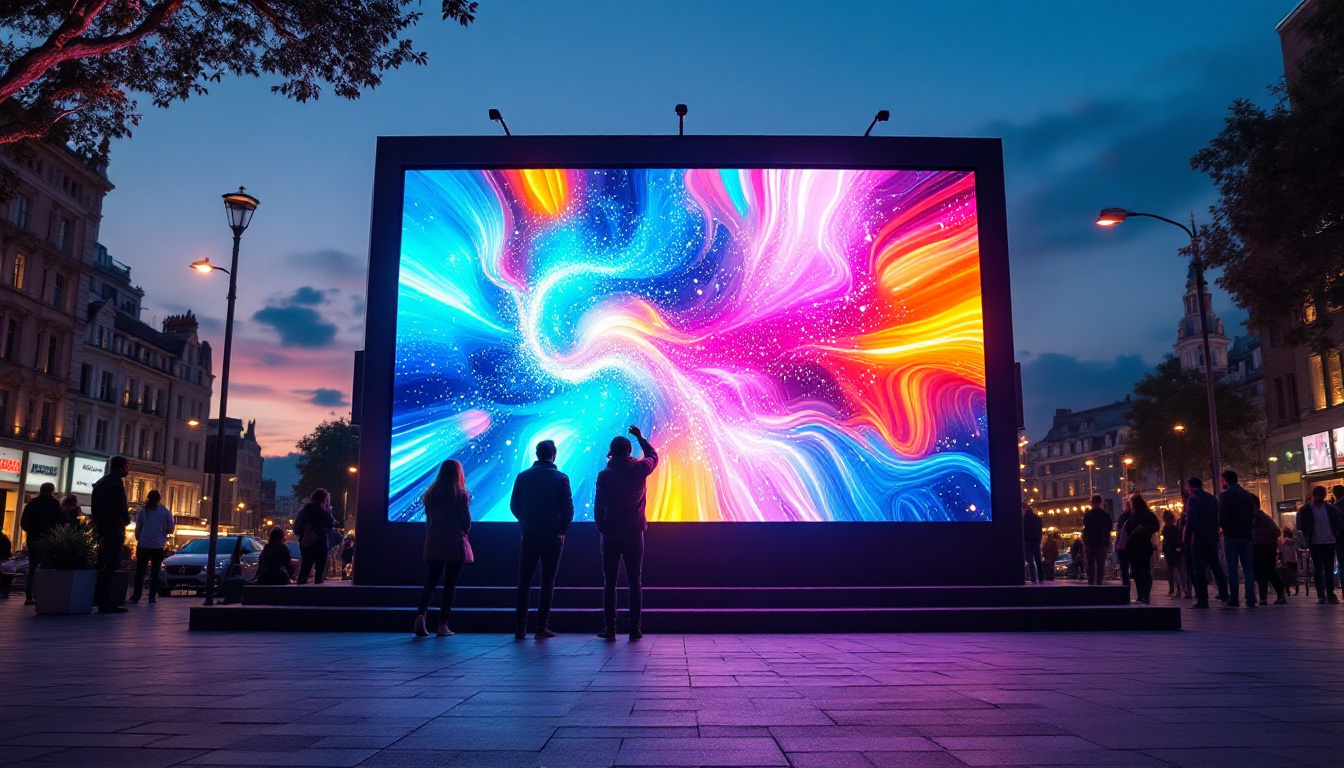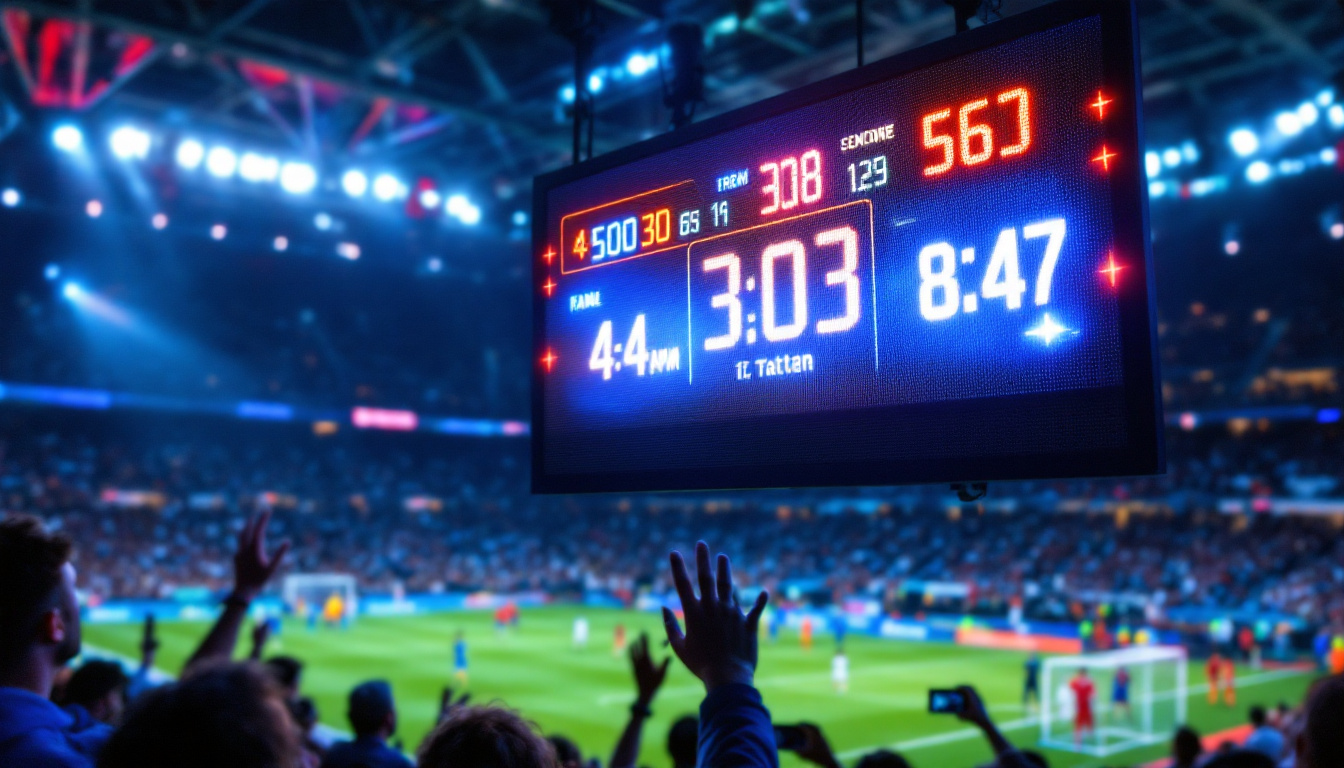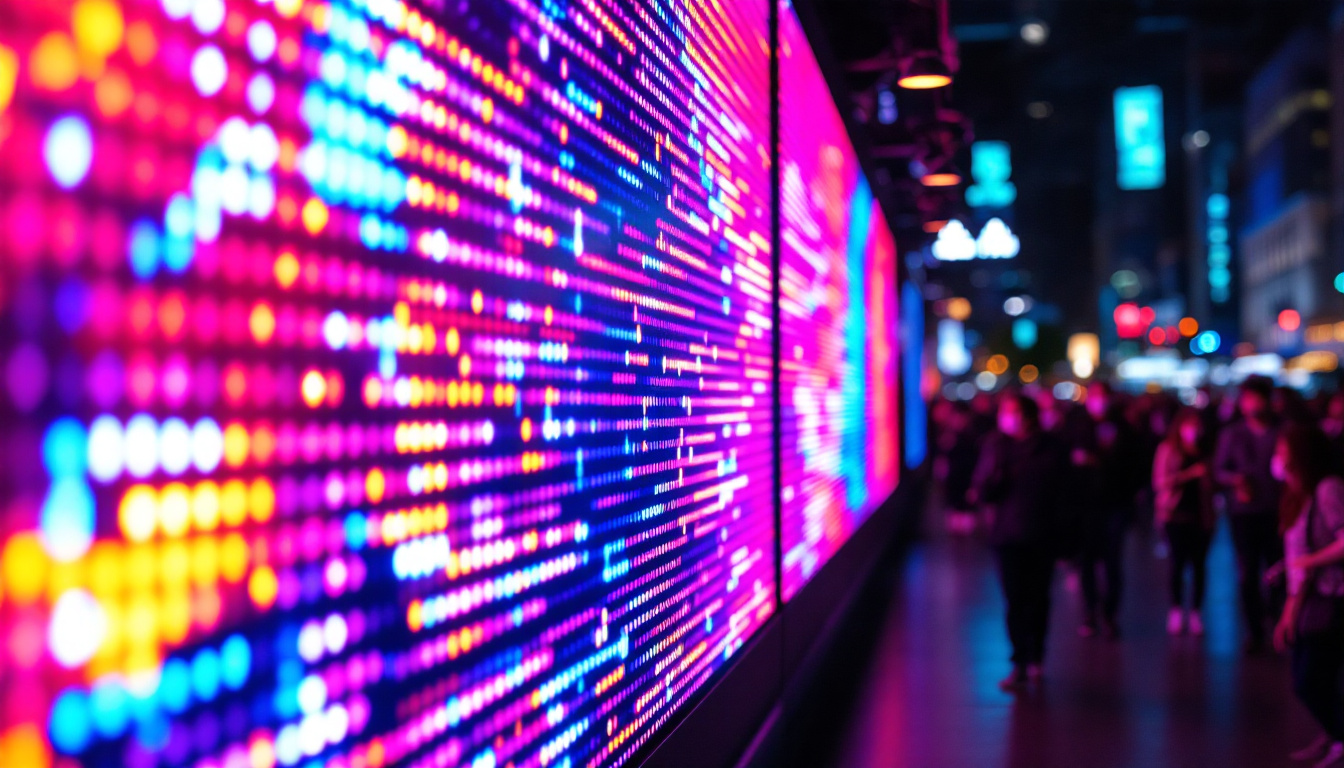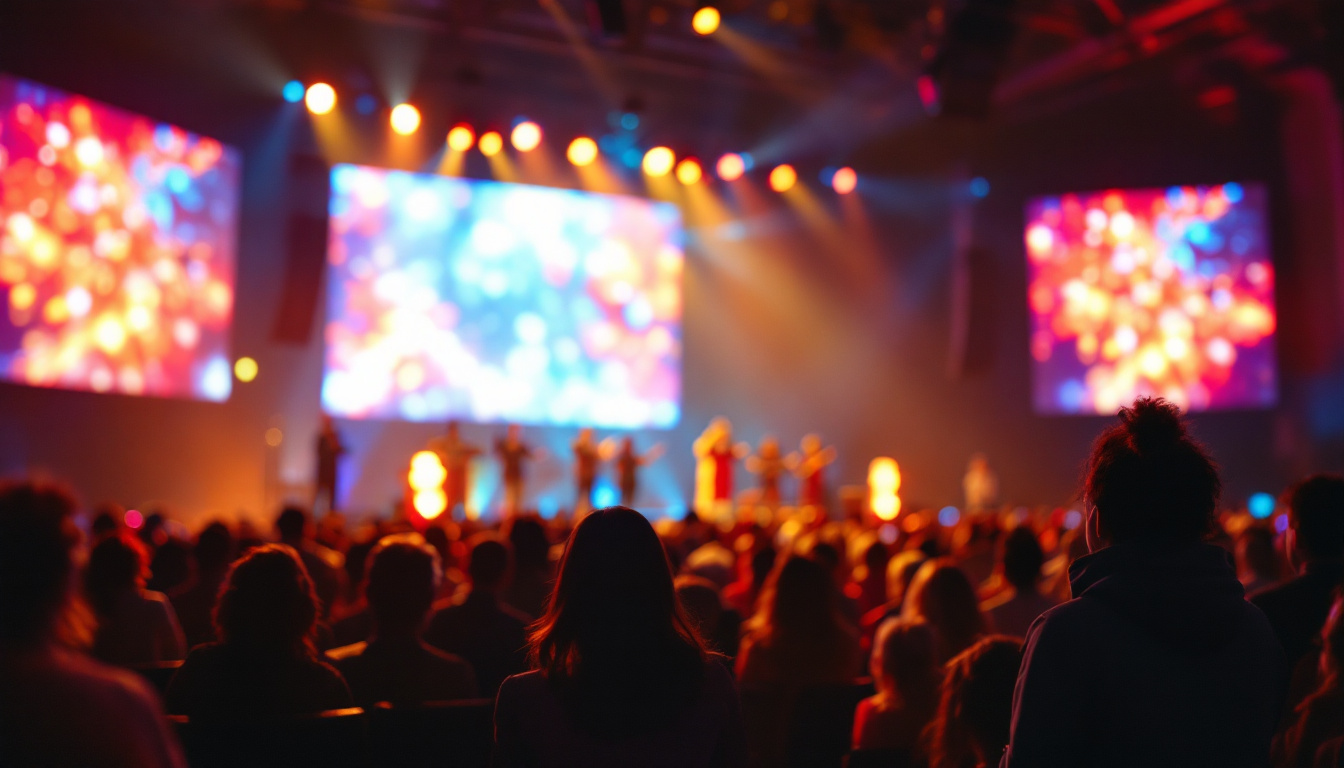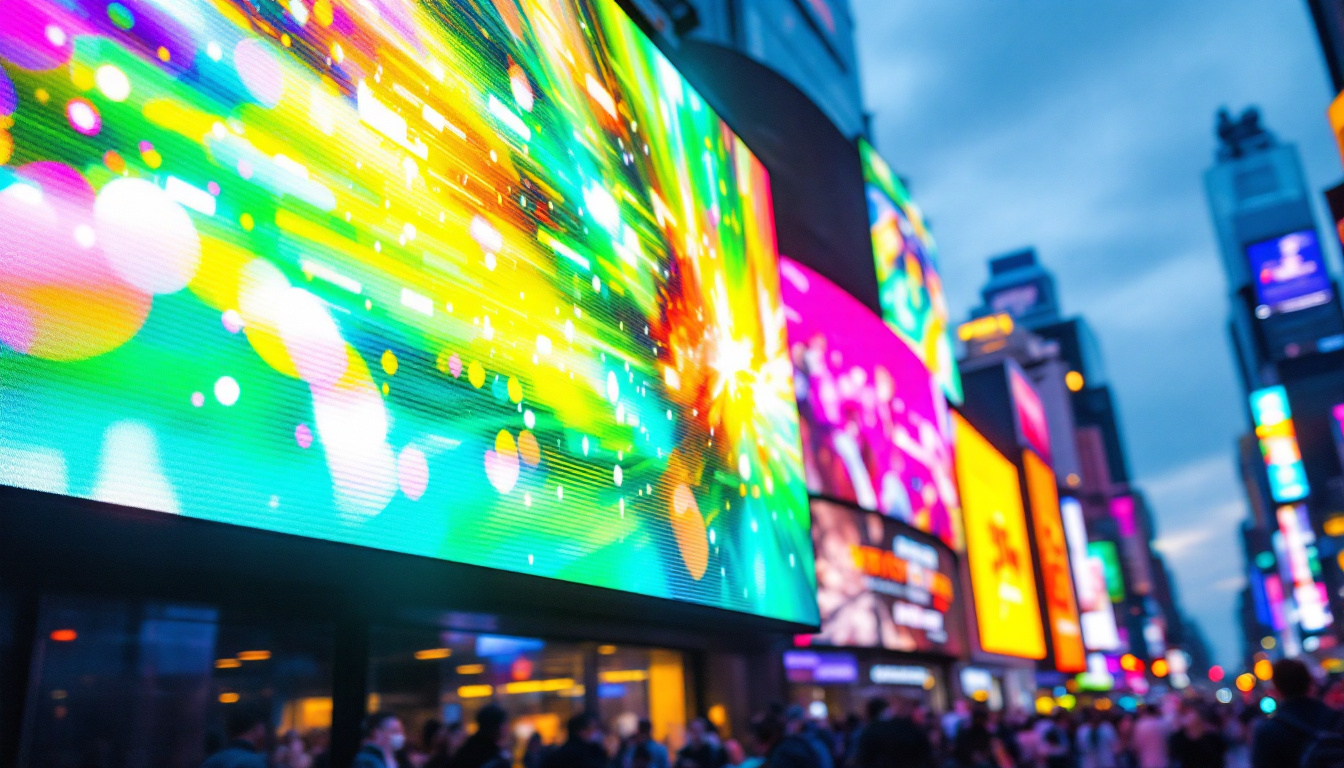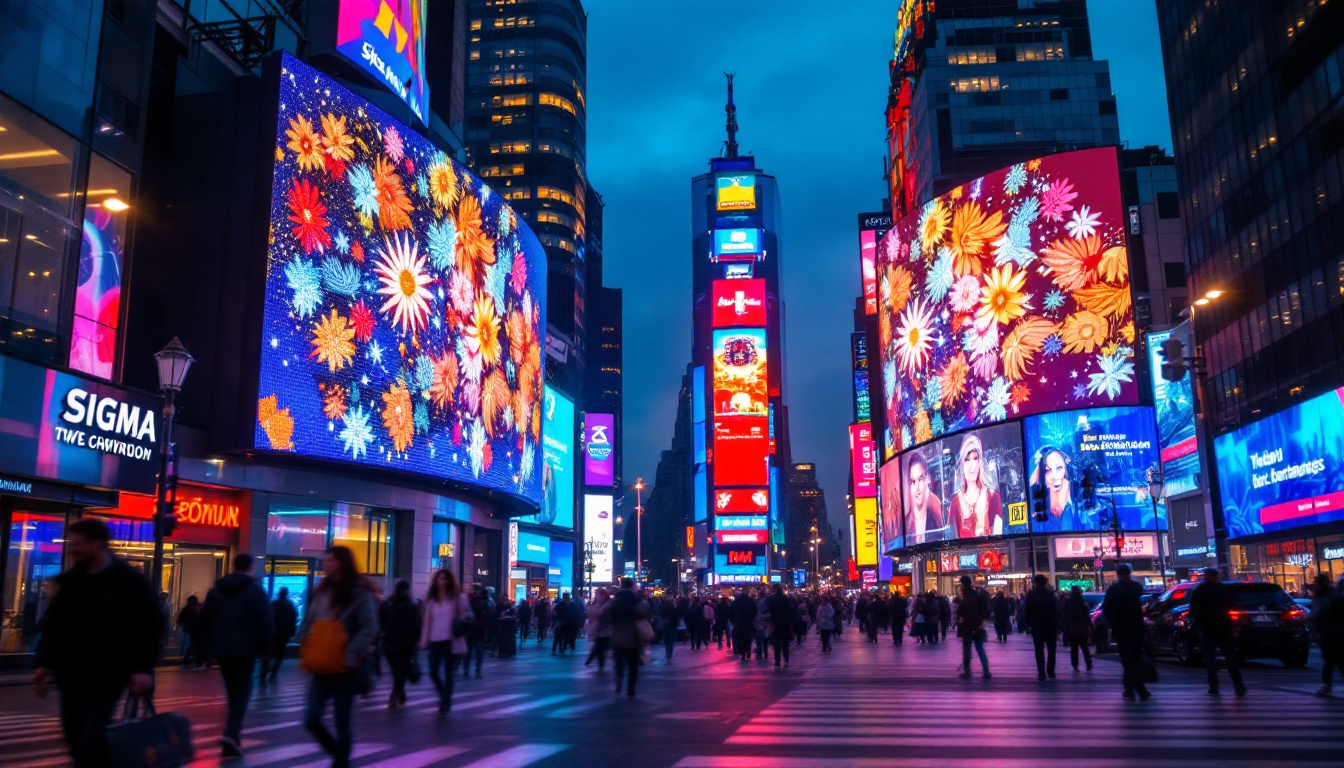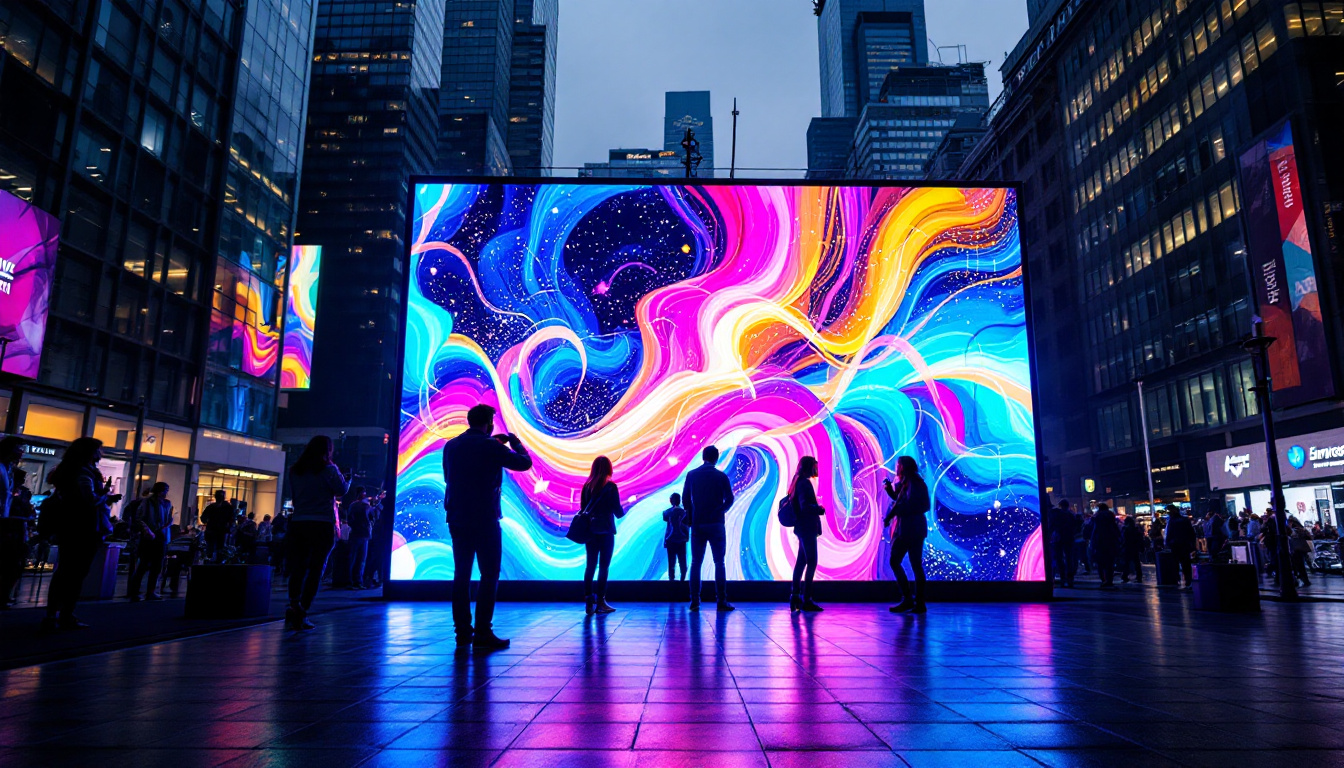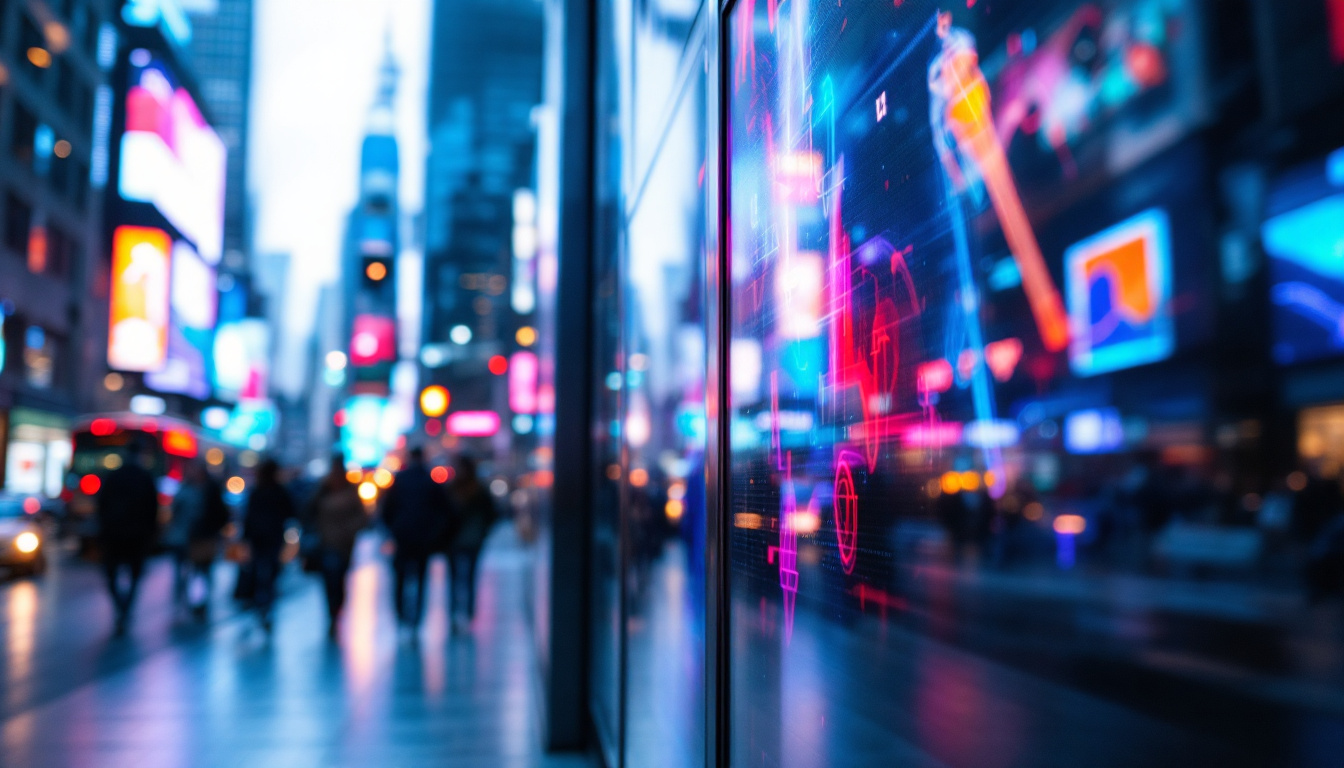In the modern world of visual communication, LED panel light walls have become a cornerstone technology for advertising, entertainment, and information display. Their vibrant colors, high brightness, and versatility make them an indispensable tool across various industries. This article delves into the fundamentals of LED panel light walls, explaining how they work, their benefits, applications, and the latest trends shaping their future.
Understanding LED Panel Light Walls
What is an LED Panel Light Wall?
An LED panel light wall is a large-scale display system composed of multiple LED panels seamlessly joined together to form a continuous screen. These walls use light-emitting diodes (LEDs) as pixels to produce images, videos, and animations with exceptional clarity and brightness. Unlike traditional LCD or projection-based displays, LED walls emit their own light, allowing for superior visibility even in direct sunlight or brightly lit environments.
LED panels are modular, meaning they can be assembled in various sizes and shapes to fit the specific needs of a venue or application. This modularity provides flexibility in installation, whether it’s a small indoor display or a massive outdoor billboard. Moreover, the lightweight nature of LED panels makes them easier to transport and install, which is particularly advantageous for events that require quick setup and teardown, such as concerts or trade shows. The versatility of LED panel light walls has made them increasingly popular in various sectors, including retail, entertainment, and corporate environments, where dynamic visual displays can enhance customer engagement and brand visibility.
How Do LED Panels Work?
Each LED panel consists of thousands of tiny LEDs arranged in a grid. These LEDs can be red, green, and blue (RGB), which combine to create a full spectrum of colors through varying intensity levels. The display controller sends signals to each LED to adjust its brightness and color, forming the desired image or video frame. This technology allows for high-resolution displays that can be viewed from different angles without loss of quality, making LED walls ideal for large audiences.
The panels are connected to a control system that manages the synchronization and content delivery. Advanced software enables precise calibration to ensure uniform brightness and color accuracy across the entire wall. The refresh rate of LED walls is typically very high, often exceeding 1,000 Hz, which eliminates flicker and ensures smooth motion for video content. Additionally, many LED panel systems come equipped with features such as automatic brightness adjustment, which optimizes the display based on ambient light conditions, ensuring that the visuals remain vibrant and eye-catching at all times. The integration of smart technology into these systems also allows for remote management and real-time updates, making it easier for operators to change content on the fly and respond to audience needs effectively.
Key Advantages of LED Panel Light Walls
High Brightness and Visibility
One of the most significant benefits of LED panel light walls is their exceptional brightness. Typical LED walls can reach brightness levels of 1,000 to 5,000 nits or more, making them easily viewable in direct sunlight. This makes LED walls ideal for outdoor advertising, sports arenas, and public spaces where ambient light conditions vary greatly. Furthermore, the high brightness levels ensure that messages remain clear and legible from considerable distances, which is particularly advantageous in bustling urban environments where competition for attention is fierce. As a result, businesses can effectively capture the interest of potential customers, even in crowded settings.
Energy Efficiency and Longevity
LED technology is known for its energy efficiency compared to traditional lighting and display technologies. LED panels consume less power while delivering brighter light, which translates to lower operational costs. Additionally, LEDs have a long lifespan, often exceeding 50,000 hours of continuous use, reducing maintenance and replacement frequency. This longevity not only contributes to cost savings but also aligns with environmentally sustainable practices, as fewer resources are needed for manufacturing and disposing of lighting fixtures. As businesses increasingly prioritize sustainability, the energy-efficient nature of LED panels positions them as a forward-thinking choice in modern design.
Flexible Design and Scalability
The modular nature of LED panels allows for highly customizable display sizes and shapes. Whether it’s a curved wall in a retail store or a colossal screen at a concert venue, LED panels can be configured to meet specific design requirements. This scalability is a major advantage for businesses looking to create impactful visual experiences without being limited by fixed screen sizes. Additionally, the ability to create dynamic and interactive displays can enhance customer engagement, as businesses can easily update content to reflect current promotions or events. This flexibility not only fosters creativity in design but also ensures that the display remains relevant and captivating over time.
Superior Color Accuracy and Contrast
LED walls offer excellent color reproduction and contrast ratios. Because each pixel emits its own light, blacks appear truly black rather than grayish as seen in backlit LCDs. This results in vibrant images with deep contrasts, enhancing the overall visual experience for viewers. Moreover, advancements in LED technology have led to improved color calibration, allowing for a wider color gamut that can accurately represent even the most subtle shades. This precision is particularly crucial in applications such as art galleries or fashion shows, where color fidelity can significantly impact the perception of the displayed content. As a result, LED panel light walls not only serve as a medium for information but also as a canvas for artistic expression, elevating the viewer’s experience to new heights.
Applications of LED Panel Light Walls
Advertising and Digital Signage
LED panel light walls have revolutionized the advertising industry. Their ability to display dynamic, eye-catching content attracts more attention than static billboards. Cities worldwide have embraced LED walls for digital signage in shopping malls, airports, and urban centers. For example, Times Square in New York City features some of the most iconic LED displays, showcasing advertisements that captivate millions of visitors annually.
Entertainment and Events
Concerts, festivals, and sports events frequently use LED walls to enhance audience engagement. These displays provide live video feeds, graphics, and interactive content, ensuring that even attendees far from the stage have a clear view of the action. The flexibility of LED panels allows for creative stage designs, including curved or irregular shapes that add to the spectacle.
Corporate and Educational Use
In corporate environments, LED walls serve as powerful tools for presentations, video conferencing, and digital collaboration. Educational institutions also utilize LED displays for lecture halls, auditoriums, and digital notice boards, enhancing communication and learning experiences.
Transportation Hubs and Public Spaces
Airports, train stations, and bus terminals use LED panel light walls to provide real-time information such as arrival and departure times, alerts, and advertising. Their high visibility and reliability make them ideal for environments where clear communication is critical.
Technical Considerations When Choosing LED Panel Light Walls
Pixel Pitch and Resolution
Pixel pitch refers to the distance between the centers of two adjacent pixels, typically measured in millimeters. A smaller pixel pitch means higher resolution and sharper images, which is essential for close viewing distances. For indoor applications, pixel pitches of 1.2mm to 2.5mm are common, while outdoor walls often use larger pitches (4mm to 10mm) due to longer viewing distances.
Brightness and Contrast Ratio
Brightness is measured in nits, and selecting the appropriate brightness depends on the environment. Outdoor LED walls require higher brightness levels to overcome sunlight, while indoor walls can operate at lower brightness to reduce eye strain. Contrast ratio impacts image quality, with higher ratios delivering more vivid visuals.
Refresh Rate and Viewing Angle
A high refresh rate is vital for smooth video playback and to prevent flickering, especially for live broadcasts or fast-moving content. Typical refresh rates for LED walls exceed 1,000 Hz. Viewing angle determines how well the image can be seen from different positions; wider angles ensure consistent image quality across large audiences.
Durability and Weather Resistance
Outdoor LED panels must be weatherproof, with ratings such as IP65 or higher to protect against dust and water ingress. Durability also includes resistance to temperature extremes and mechanical impacts, ensuring reliable operation in harsh environments.
Emerging Trends in LED Panel Light Walls
MicroLED Technology
MicroLED is an emerging display technology that uses microscopic LEDs to create even higher resolution and better color accuracy than conventional LED panels. MicroLED walls promise improved energy efficiency, thinner profiles, and enhanced durability, making them a potential game-changer for future LED displays.
Interactive LED Walls
Interactivity is becoming a key feature for LED walls, especially in retail and public spaces. Touch-sensitive LED panels and integration with sensors allow users to engage directly with the content, creating immersive experiences that drive customer engagement and brand loyalty.
AI and Content Management
Artificial intelligence is increasingly being integrated into LED display management systems. AI can optimize content scheduling, analyze audience engagement, and adjust display settings in real time based on environmental factors. This leads to more effective communication and reduced operational costs.
Conclusion
LED panel light walls represent a powerful and versatile technology that continues to transform the way information and entertainment are delivered. Their superior brightness, energy efficiency, and flexibility make them suitable for a wide range of applications, from advertising and entertainment to corporate communication and public information systems.
As technology advances, innovations like MicroLED and interactive displays will further enhance the capabilities of LED walls, offering richer visual experiences and greater engagement opportunities. For businesses and organizations looking to make a bold visual impact, investing in LED panel light walls is a forward-thinking choice that combines cutting-edge technology with proven reliability.
Discover LumenMatrix’s Innovative LED Solutions
Ready to elevate your visual communication with unparalleled brightness, energy efficiency, and flexibility? LumenMatrix is at the forefront of LED display technology, offering a comprehensive range of solutions tailored to your needs. From Indoor and Outdoor LED Wall Displays to specialized options like Vehicle, Sports, and Floor LED Displays, our products are designed to captivate and engage your audience. Experience the future of digital signage with our Custom, All-in-One, and Transparent LED Displays. Check out LumenMatrix LED Display Solutions today and transform your space into a dynamic visual experience.

